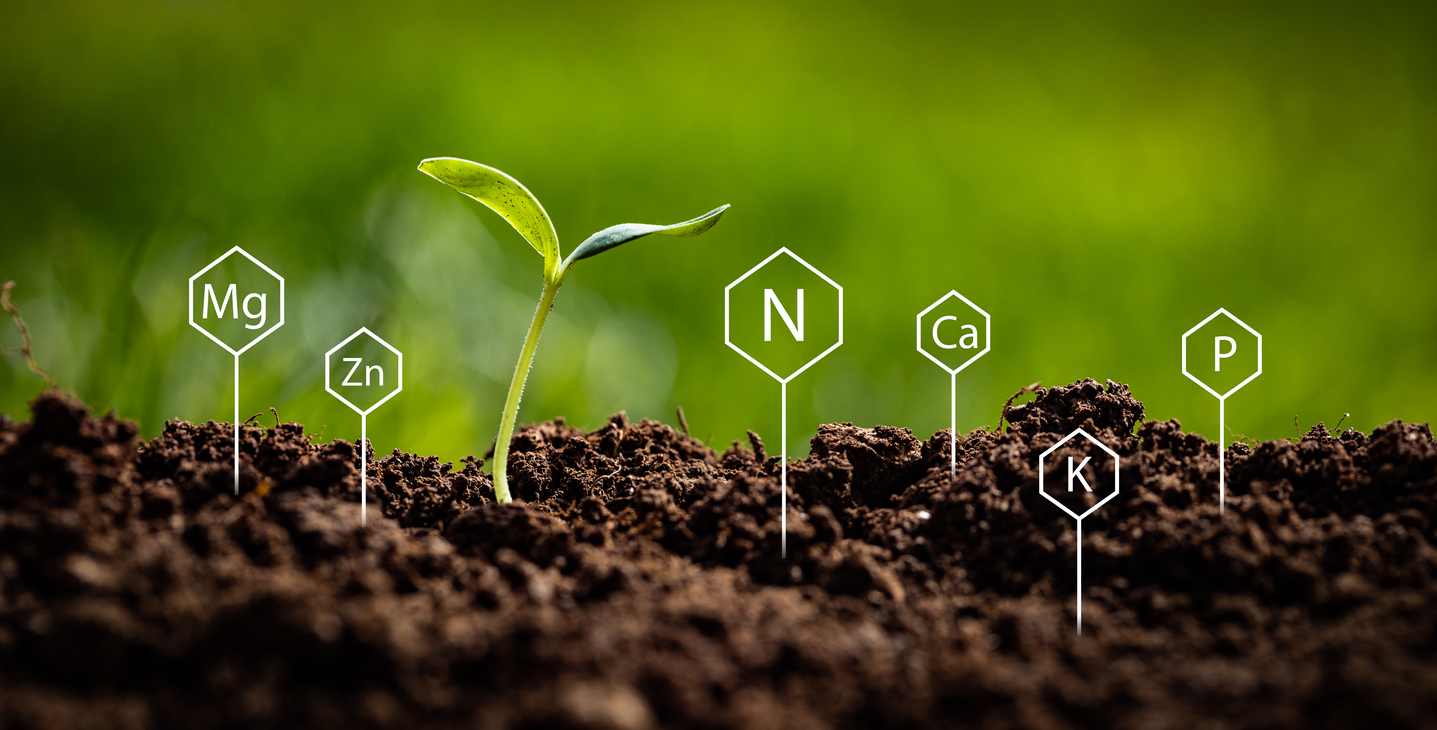Energized ROI Water

It’s hard to believe that water which is H2O or two atoms of hydrogen combined with one atom of oxygen can have so many different properties. Water is a universal solvent since many crop nutrients easily dissolve in it. Water is polar, meaning one side has positive charges (hydrogen) and the other side has negative charges (oxygen), increasing solubility. New science is starting to find that not all water is the same and this has important impacts for agricultural production. Everyday humans are exposed to over 100,000 chemical compounds, many of which reside in our water. Many pollutants tie up and have a negative effect on crop growth. When farmers spray their crops with herbicides, hard water decreases its effectiveness. Hard water contains calcium carbonates, iron, aluminum, and many other minerals and pollutants. Water softeners use salts like sodium chloride and/or potassium chloride to displace the high mineral content of hard water. However, these salts can also be hard o...

